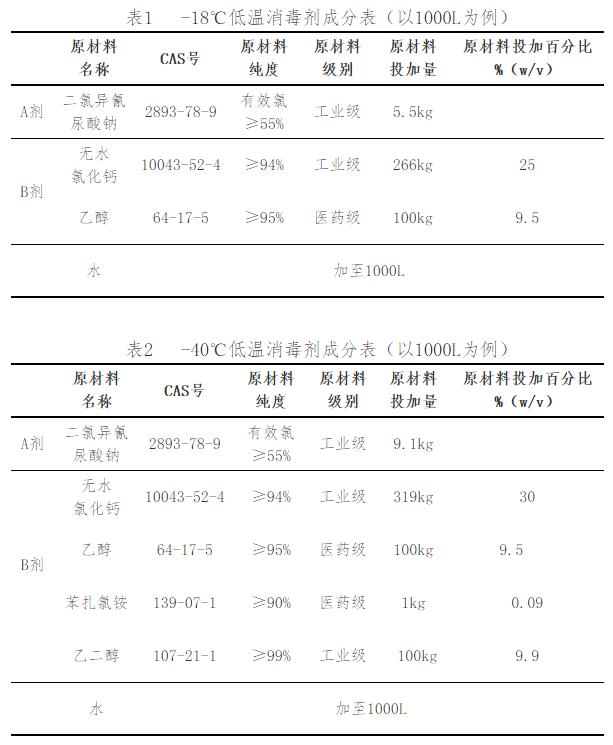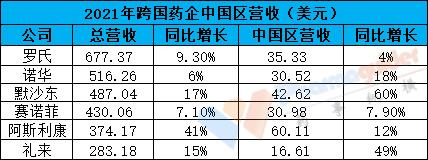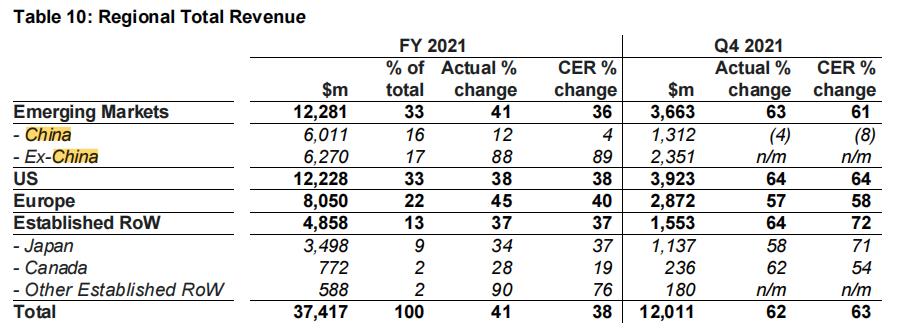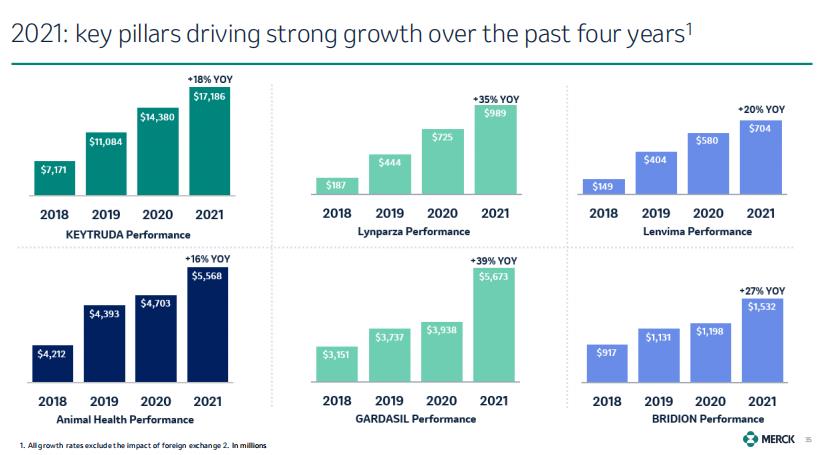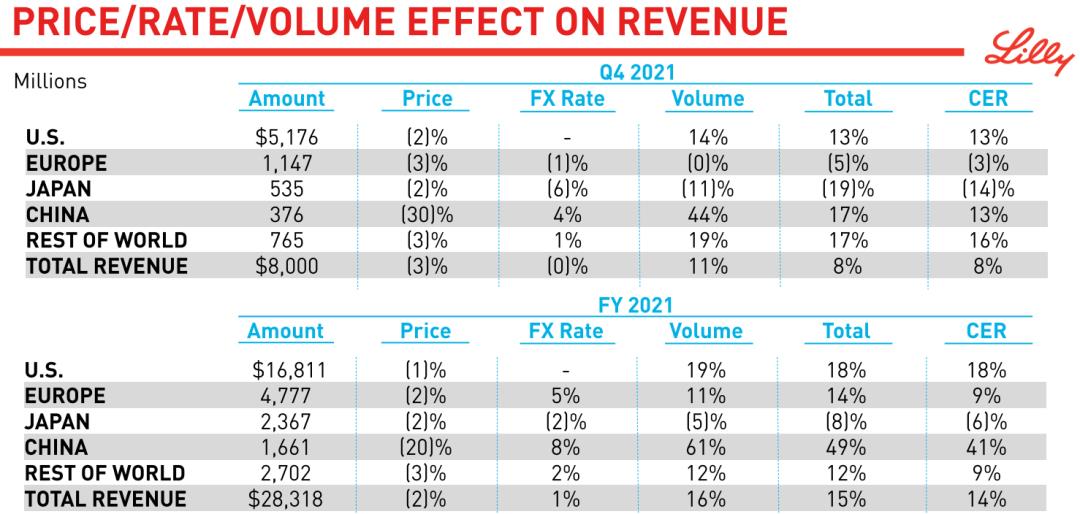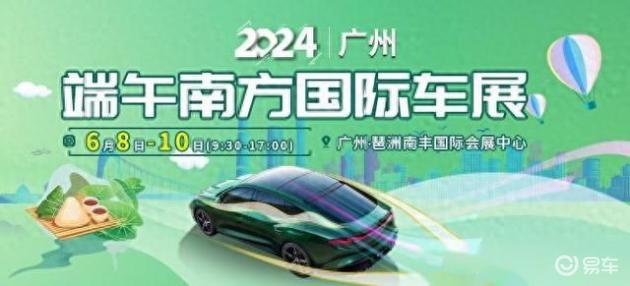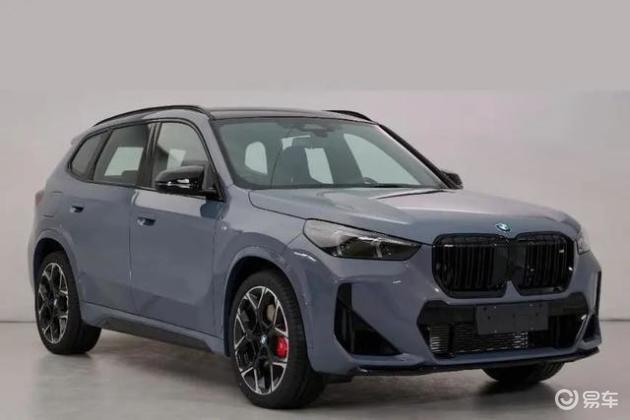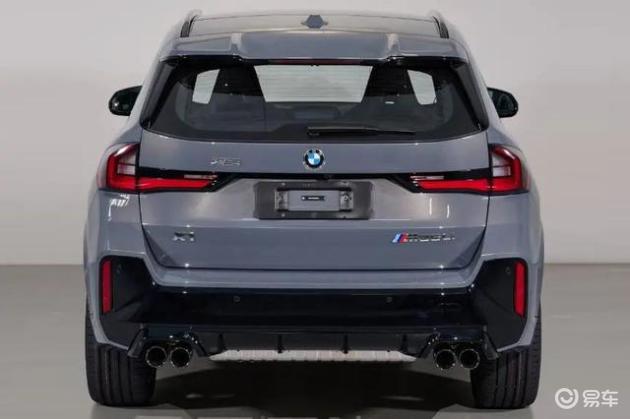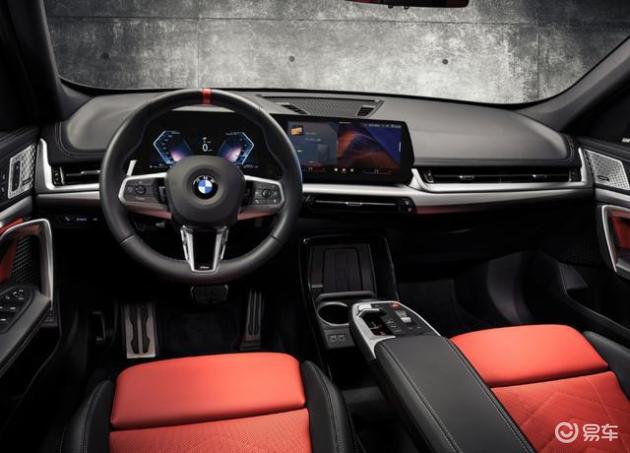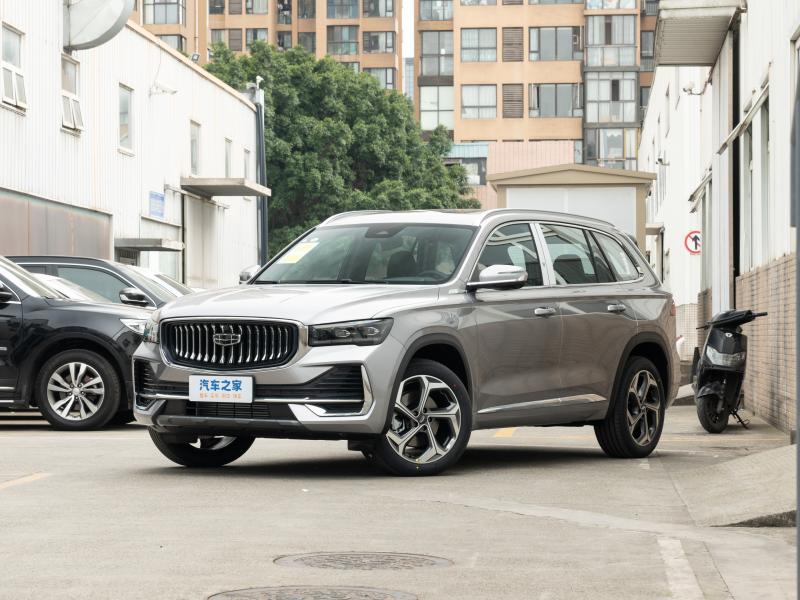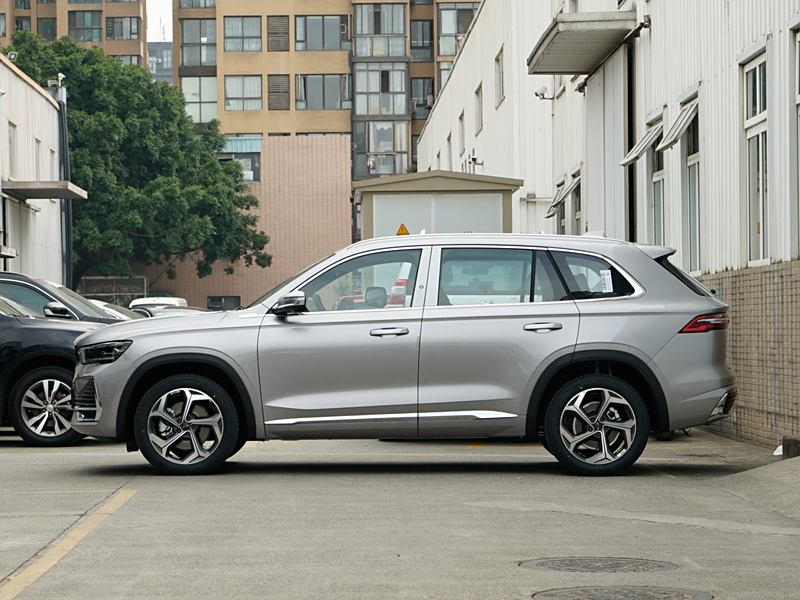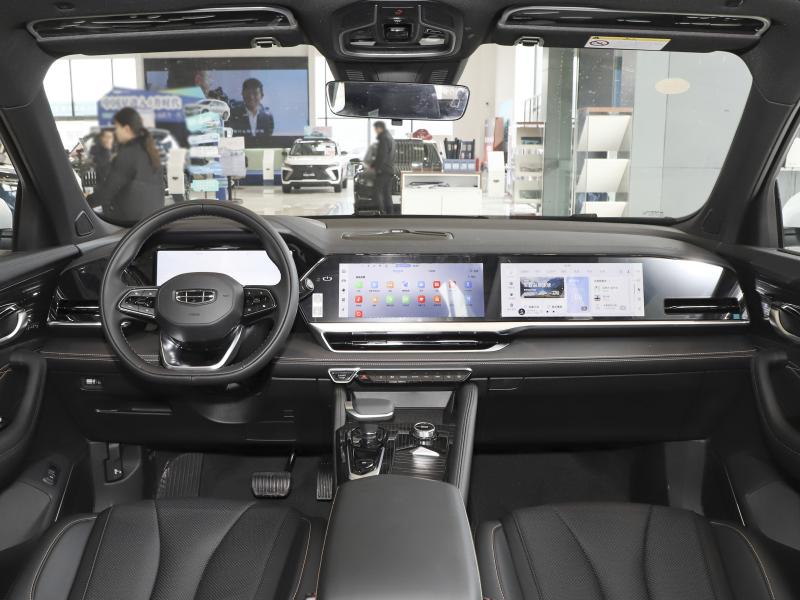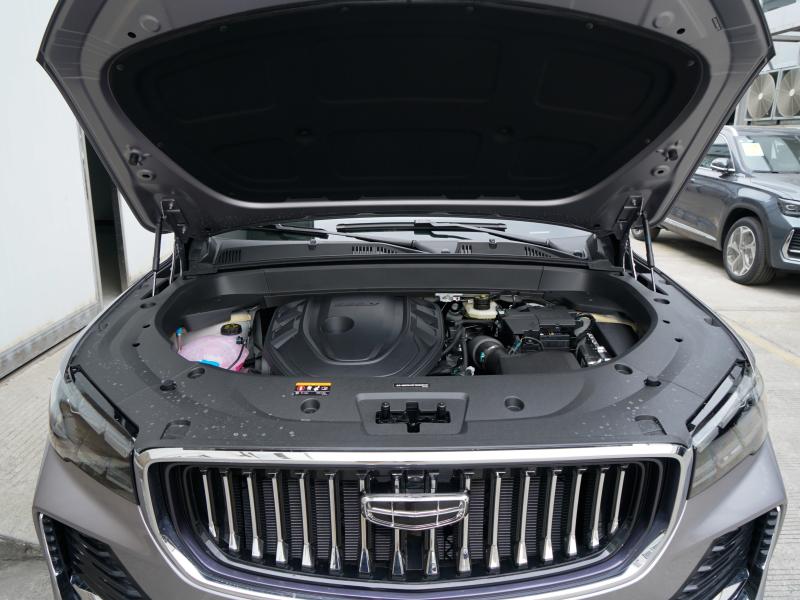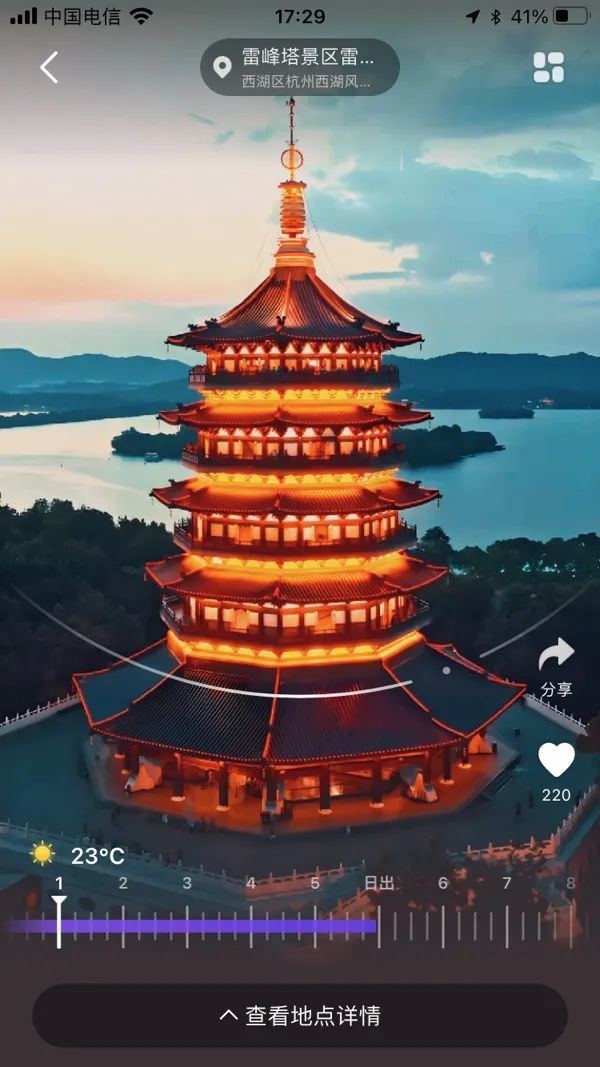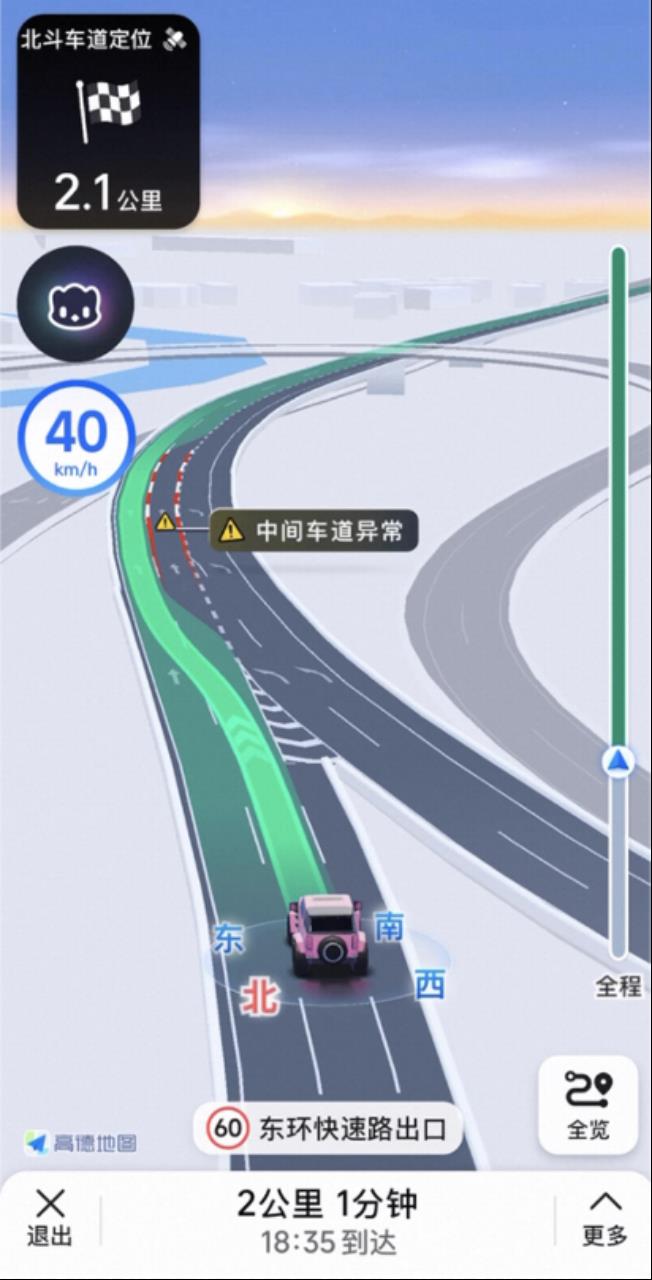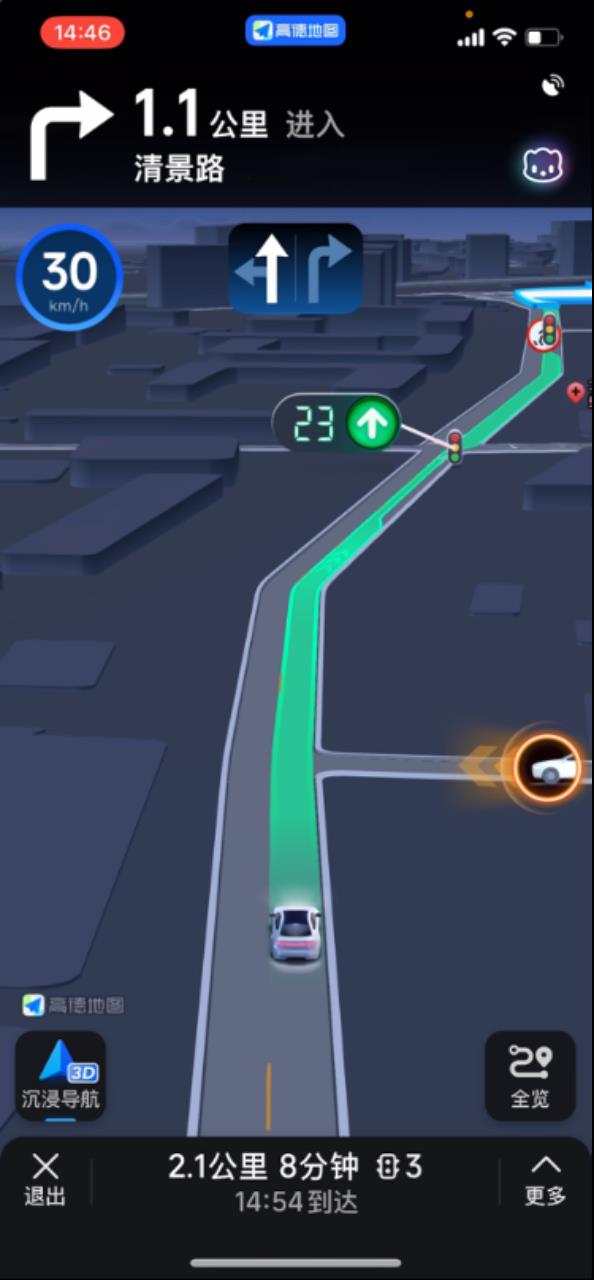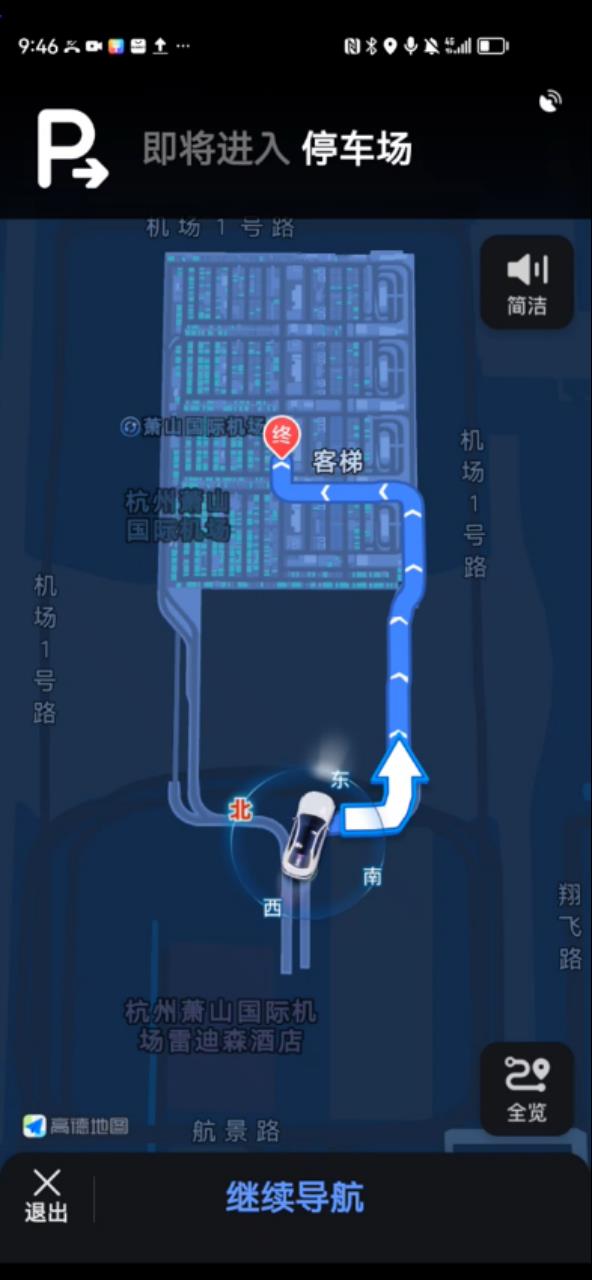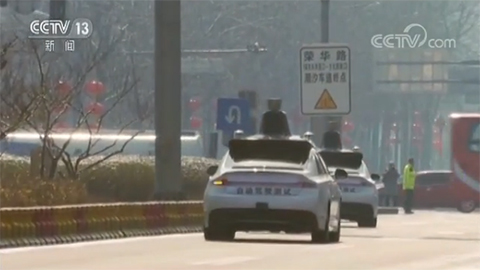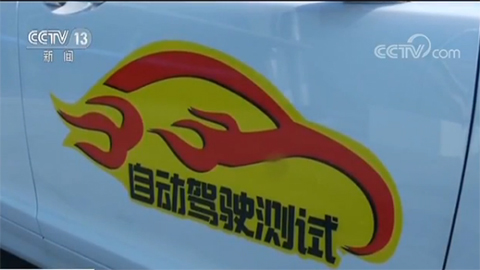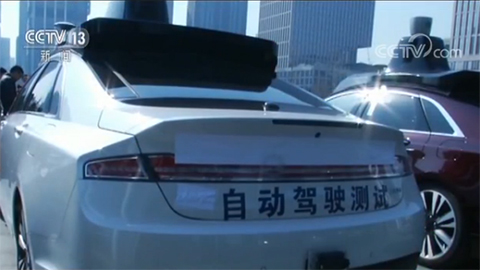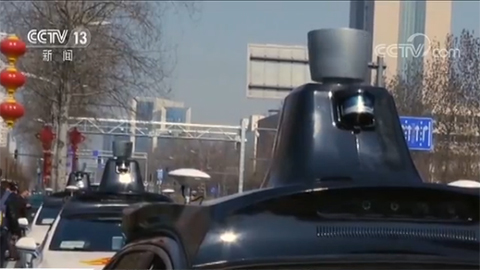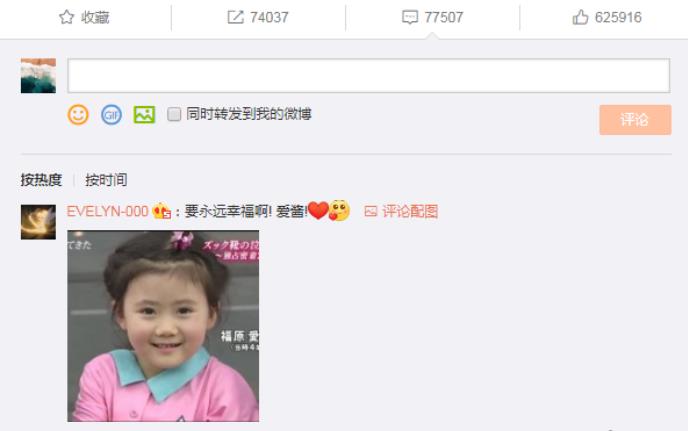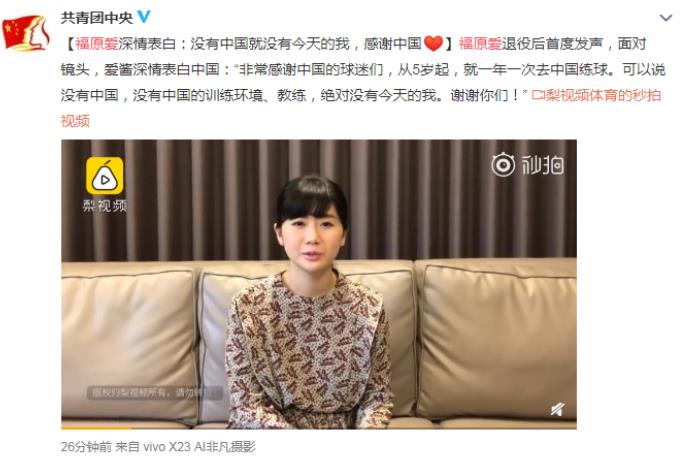According to the website of China CDC, after more than five months of repeated exploration and research, China CDC screened out two low-temperature disinfectant formulas from dozens of formulas, and completed the laboratory and field disinfection effect evaluation. In January, 2021, emergency pilot applications were carried out in suifenhe city, Heilongjiang Province and Qingdao, Shandong Province. The results showed that the developed low-temperature disinfectant had simple production process, low raw material cost and reliable disinfection effect at low temperature, which could effectively solve the disinfection problems of low-temperature environment and frozen goods packaging in the northern alpine region.
On June 17, 2020, in order to further improve the prevention and control of the current epidemic situation and solve the problem of low-temperature disinfection in China, China CDC launched a new technology research on low-temperature disinfection.
The related information of two kinds of chlorine-containing low-temperature disinfectants is published as follows:
I. Composition and dosage form of low-temperature disinfectant
(a) -18℃ low temperature disinfectant
1. Main ingredients: including sodium dichloroisocyanurate, calcium chloride and ethanol. When used in the field, the concentration of available chlorine, anhydrous calcium chloride and ethanol in the disinfectant at -18℃ is 0.3%(3000mg/L), 25% and 9.5% respectively.
2. Formulation: binary package, powder and liquid. The agent A is sodium dichloroisocyanurate powder, and the agent B is a mixed solution of calcium chloride and ethanol.
(2) Low temperature disinfectant at -40℃
1. Main ingredients: including sodium dichloroisocyanurate, calcium chloride, ethanol, ethylene glycol and benzalkonium chloride. When used in the field, the concentration of available chlorine in the disinfectant at -40℃ is 0.5%(5000mg/L), the content of anhydrous calcium chloride is 30%, ethanol is 9.5%, ethylene glycol is 9.9%, and benzalkonium chloride is 0.09%.
2. Formulation: binary package, powder and liquid. Agent A is sodium dichloroisocyanurate powder; Agent B is a mixed solution of calcium chloride, ethanol, ethylene glycol and benzalkonium chloride.
Second, the scope and methods of use of low-temperature disinfectants
(1) Scope of use
The low-temperature disinfectant at -18℃ is suitable for the low-temperature environment at -18℃ and above and the surface disinfection of the outer packaging of articles; The low-temperature disinfectant at -40℃ is suitable for the disinfection of low-temperature environment at -40℃ and above and the surface of outer packaging of articles.
(2) Method of use
1. Spray disinfection: it is used in conjunction with disinfection equipment, and the spraying amount is about 200 ~ 300ml/m2, so as to ensure that the low-temperature disinfectant is sufficient to completely cover the disinfection object, and the disinfection effect lasts for 10min.
2. Immersion disinfection: directly put it into low-temperature disinfectant, completely immersed and disinfected for 10min.
3. Wipe disinfection: ensure that the low-temperature disinfectant covers the disinfection object sufficiently, and the disinfection effect lasts for 10min.
III. Production and listing requirements
(a) raw materials and preparation process is the key to qualified production, strengthen the quality control in the production process, and ensure the quality of raw materials. Strictly follow the formula requirements to ensure high quality and low price of low-temperature disinfectant. See Table 1 and Table 2 for details.
(2) During production, the ingredients are mixed according to the ingredient list. Firstly, calcium chloride is dissolved in water, and then filtered, and then ethanol (or ethanol, ethylene glycol, benzalkonium chloride) is added, fully stirred, evenly mixed and filtered to form liquid agent B.. Directly subpackage sodium dichloroisocyanurate to obtain powder A..
(3) Before the low-temperature disinfectants are put on the market, the product hygiene and safety evaluation shall be made and put on record according to the relevant requirements of the state.
